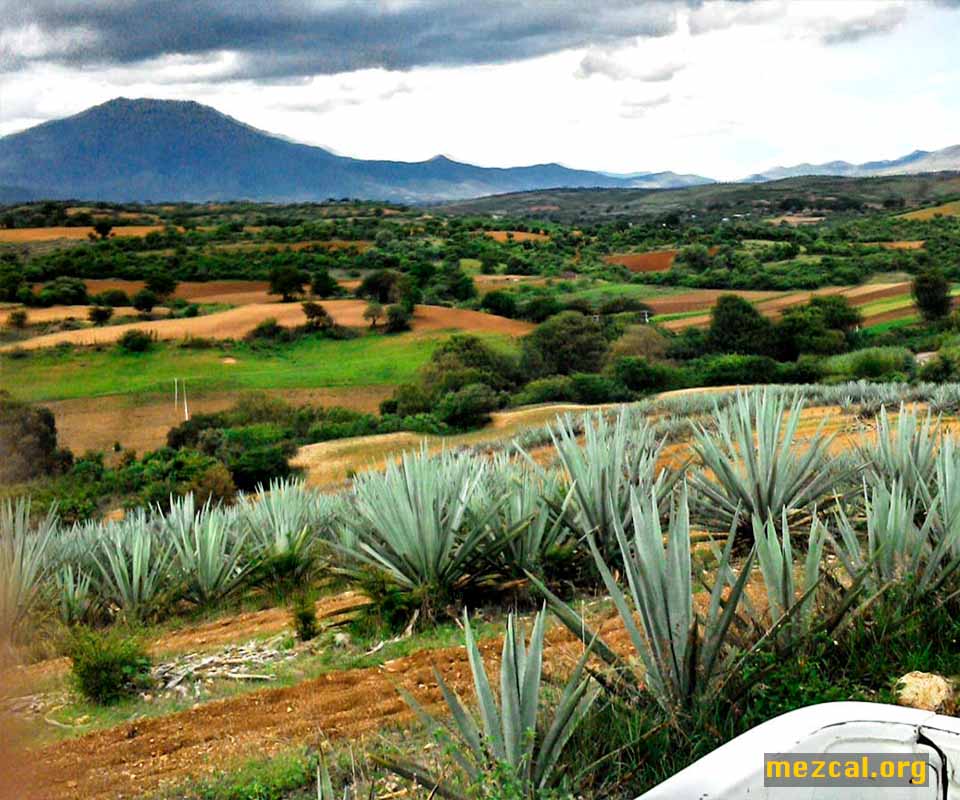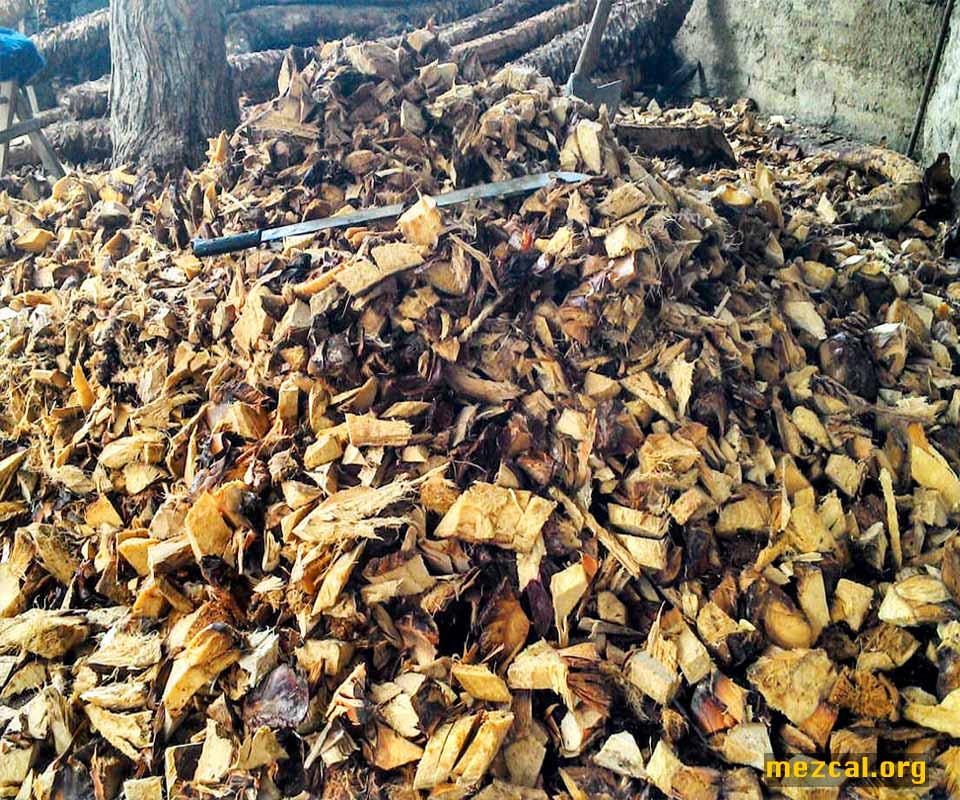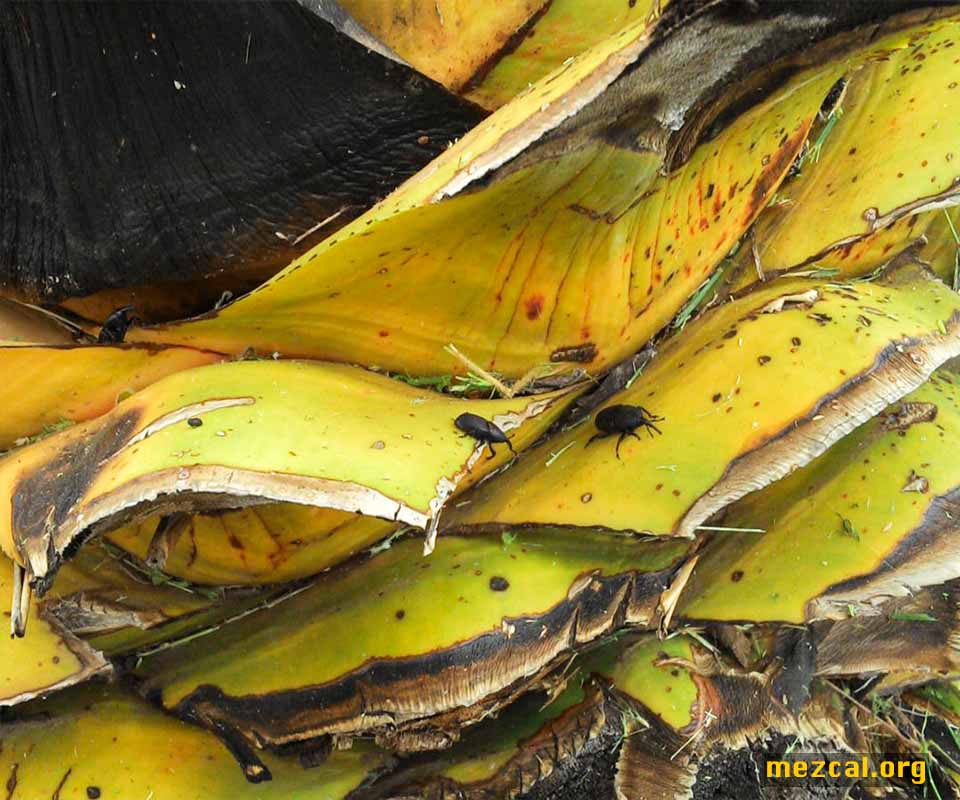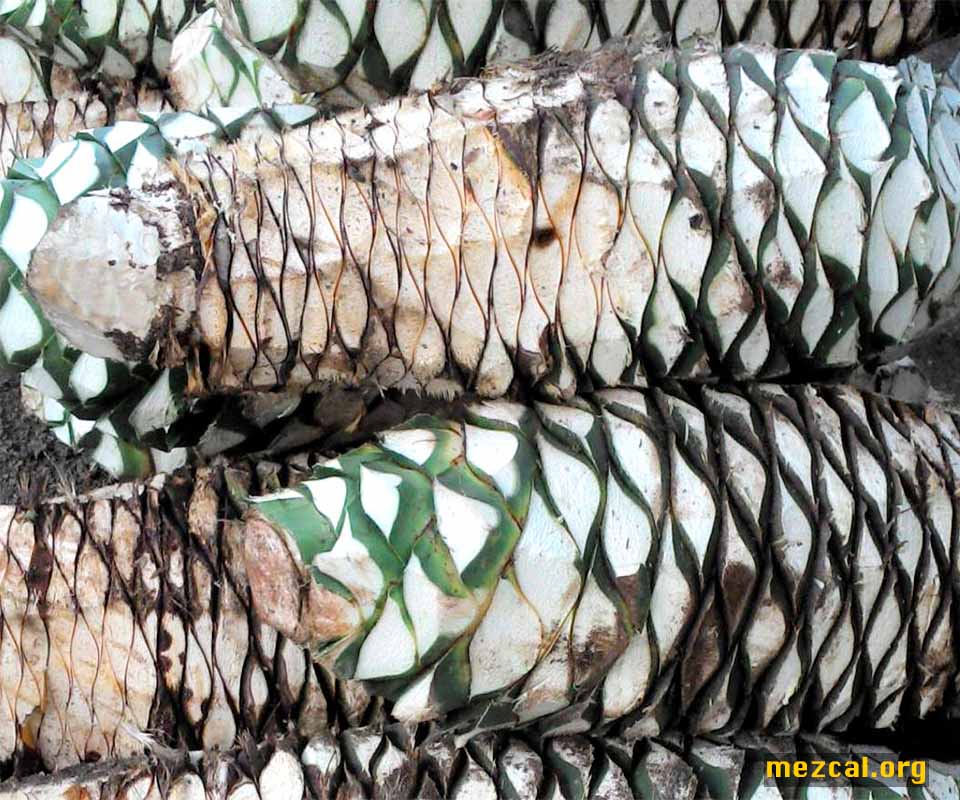The recent mezcal boom has transformed several landscapes in the state of Oaxaca and other states with Denomination of Origin Mezcal, where the cultivation of mezcal agaves has experienced a remarkable increase. This agricultural expansion has not only modified the aesthetics of the region, but has also redefined its land use and economic practices. The agave fields, with their distinctive pointed silhouettes, have become a visual symbol of the prosperity and cultural heritage of these communities. In addition, these landscapes have begun to play a role in the tourism industry, offering tours that educate visitors about the mezcal production process and the importance of agave in local culture.
The integration of agave plantations into the tourism offering has generated a new source of income for landowners. Visitors, attracted by the opportunity to experience first-hand the mezcal tradition, contribute to the local economy and at the same time take with them a greater appreciation for this artisanal beverage. This phenomenon reflects a growing trend towards experiential and sustainable tourism, where preservation of the natural environment and cultural authenticity are fundamental. Thus, mezcal agave cultivation becomes a pillar that sustains both the cultural identity and economic development of the region.











Comments